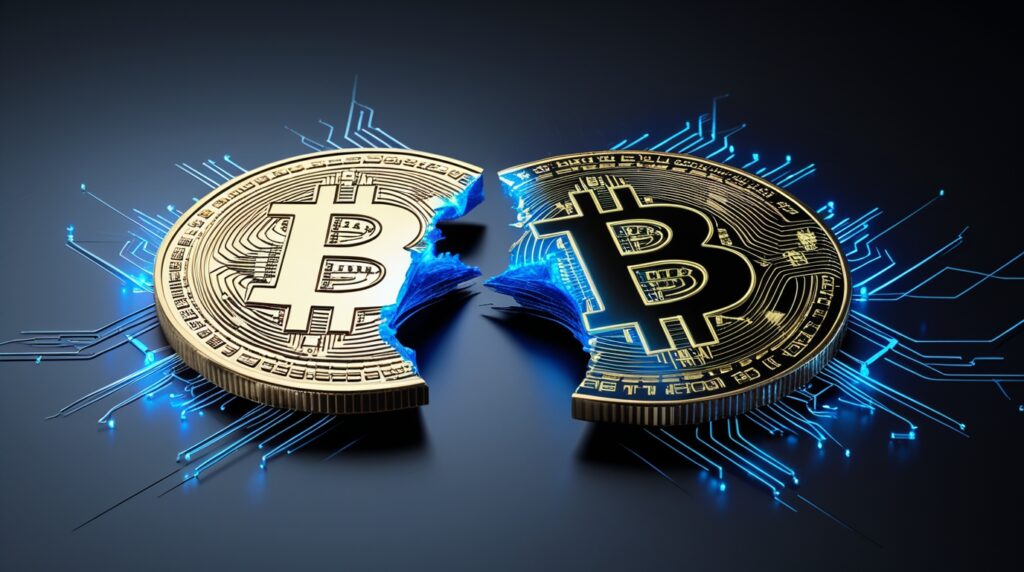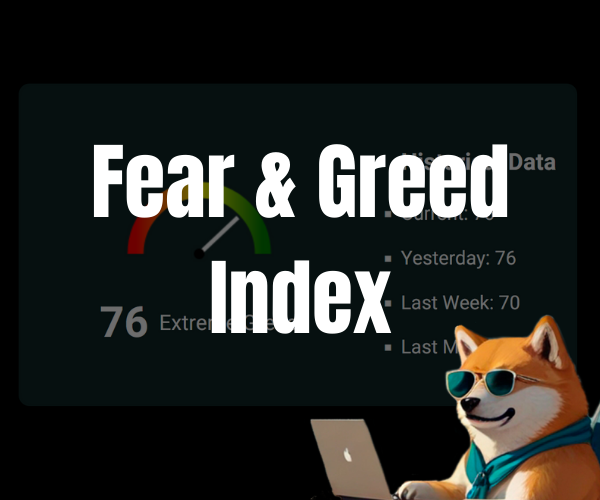Table of Contents
Bitcoin halving is a critical event that occurs approximately every four years, reducing the reward miners receive for adding new blocks to the blockchain. This reduction is necessary to control Bitcoin’s inflation rate and ensure its scarcity, mimicking the deflationary nature of precious metals like gold. This programmed supply reduction plays a major role in Bitcoin’s price dynamics and mining economics. For U.S. investors and traders, understanding Bitcoin halving is crucial for making informed decisions in the cryptocurrency market.
What Is Bitcoin Halving?

Bitcoin’s fixed supply of 21 million coins ensures long-term scarcity, which can drive demand and price appreciation over time. This controlled issuance mechanism makes Bitcoin a deflationary asset, distinguishing it from traditional fiat currencies that can be printed without limit. To control inflation, its network halves the mining reward every 210,000 blocks (roughly four years). This reduces the rate at which new Bitcoins enter circulation, making the asset increasingly scarce.
Halving history:
- 2009 (Launch) – 50 BTC per block
- 2012 Halving – 25 BTC per block
- 2016 Halving – 12.5 BTC per block
- 2020 Halving – 6.25 BTC per block
- 2024 Halving (Expected April 2024) – 3.125 BTC per block
Real-World Impact of Bitcoin Halving and Common Myths
Real-World Impact of Past Halvings
- 2012 Halving: After the first halving in November 2012, Bitcoin’s price surged from around $12 to over $1,000 within a year, demonstrating the supply shock effect.
- 2016 Halving: Following the July 2016 halving, Bitcoin’s price climbed from $650 to nearly $20,000 by December 2017, fueled by increasing adoption and institutional interest.
- 2020 Halving: The May 2020 halving saw Bitcoin’s price increase from about $8,600 to an all-time high of nearly $69,000 in November 2021, driven by institutional investments and a growing interest in digital assets amid economic uncertainty.
Common Myths About Bitcoin Halving
- Myth: Halving Immediately Triggers a Price Surge – While halvings have historically led to bull runs, price increases usually take months to materialize as supply-demand dynamics evolve.
- Myth: Miners Will Abandon Bitcoin Due to Reduced Rewards – Despite concerns, mining difficulty adjustments and rising transaction fees have historically kept mining profitable.
- Myth: Bitcoin Will Become Useless Once All 21 Million Coins Are Mined – Even after the last Bitcoin is mined (estimated in 2140), transaction fees will continue to incentivize miners, ensuring network security and functionality.
How Bitcoin Halving Affects the Market

1. Supply Shock and Price Impact
Bitcoin’s price has historically surged following halvings due to reduced supply. However, this is not always immediate. For example, after the 2016 halving, Bitcoin’s price remained relatively stable for several months before a major uptrend began. Additionally, other macroeconomic factors, such as global financial conditions and regulatory changes, can influence price movements beyond the halving event itself. The 2012 and 2016 halvings were followed by major bull runs, and a similar trend was observed after 2020. While past performance does not guarantee future results, many analysts predict price increases as scarcity intensifies.
2. Mining Profitability and Network Security
With reduced block rewards, miners must rely more on transaction fees or hope for a Bitcoin price increase. Less efficient miners may shut down, temporarily reducing network hash rate. However, in past halvings, mining difficulty has adjusted over time, restoring network stability.
3. Institutional and Retail Interest
Bitcoin’s deflationary model makes it attractive to U.S. investors seeking a hedge against inflation. Institutional players, such as MicroStrategy and Tesla, have increasingly accumulated Bitcoin, particularly in anticipation of supply shocks caused by halvings.
4. Market Sentiment and Altcoin Performance
Bitcoin halvings often trigger speculative trading, with increased buying pressure months before the event. The positive sentiment can also boost altcoins, though historically, Bitcoin dominance in the market tends to rise post-halving before capital flows into alternative cryptocurrencies.
Key Takeaways for U.S. Investors
- Expect volatility – Bitcoin halving events typically increase market fluctuations.
- Long-term scarcity matters – Reduced supply historically contributes to upward price pressure.
- Mining dynamics shift – Rising costs could push smaller miners out, impacting network security.
- Institutional interest grows – With each halving, Bitcoin gains legitimacy as a store of value.
Conclusion
Bitcoin halving is a fundamental event that shapes the cryptocurrency’s economic model, influencing supply, price trends, and market sentiment. For U.S. investors, understanding the implications of the upcoming 2024 halving is essential for making strategic investment decisions in an evolving financial landscape.
Source:
Investopedia
Wikipedia
Binance



